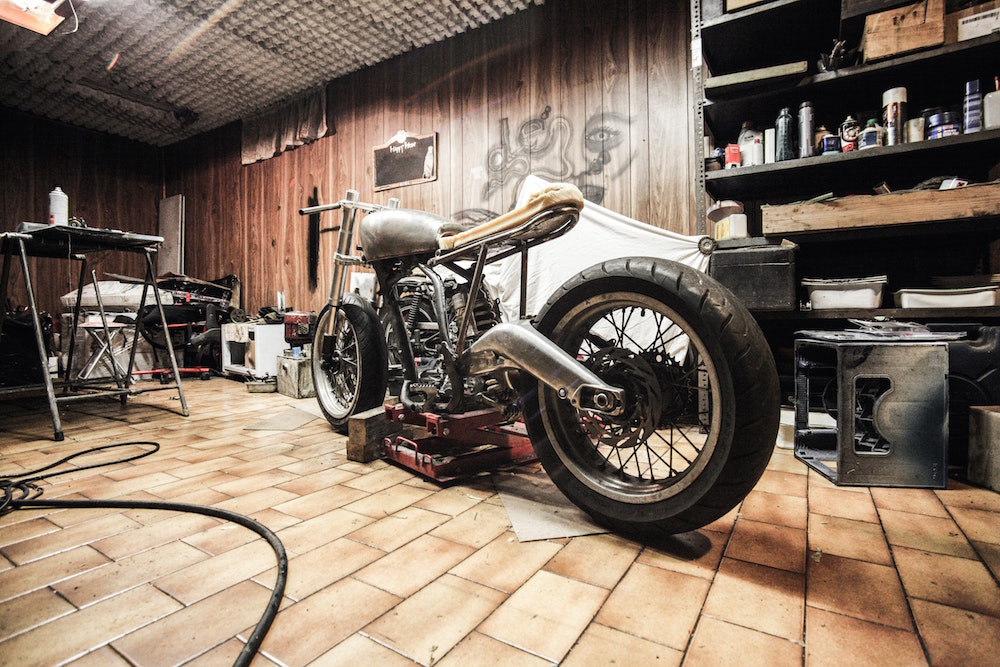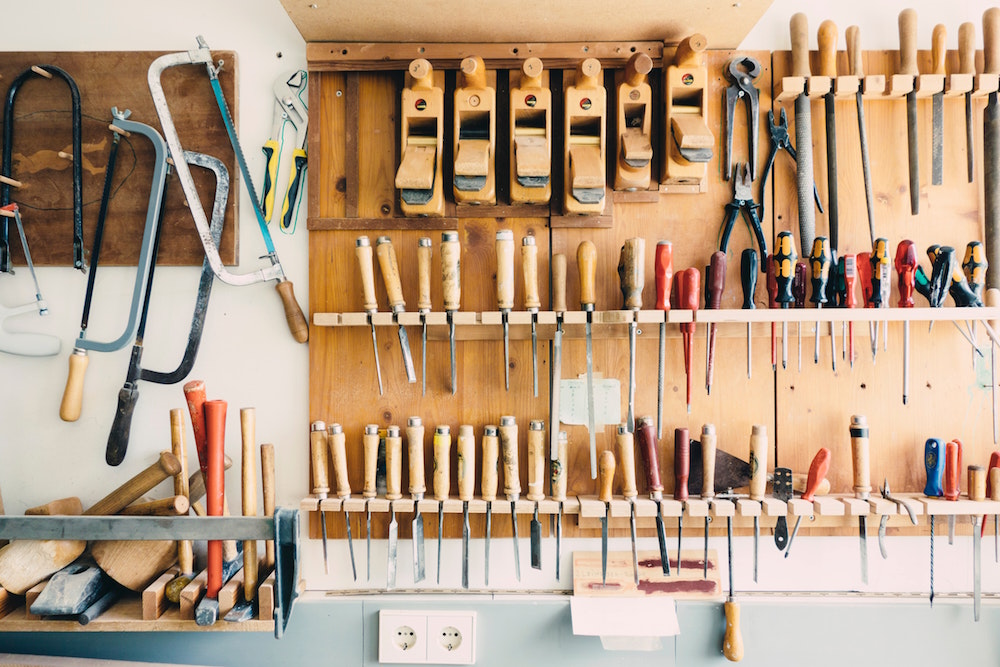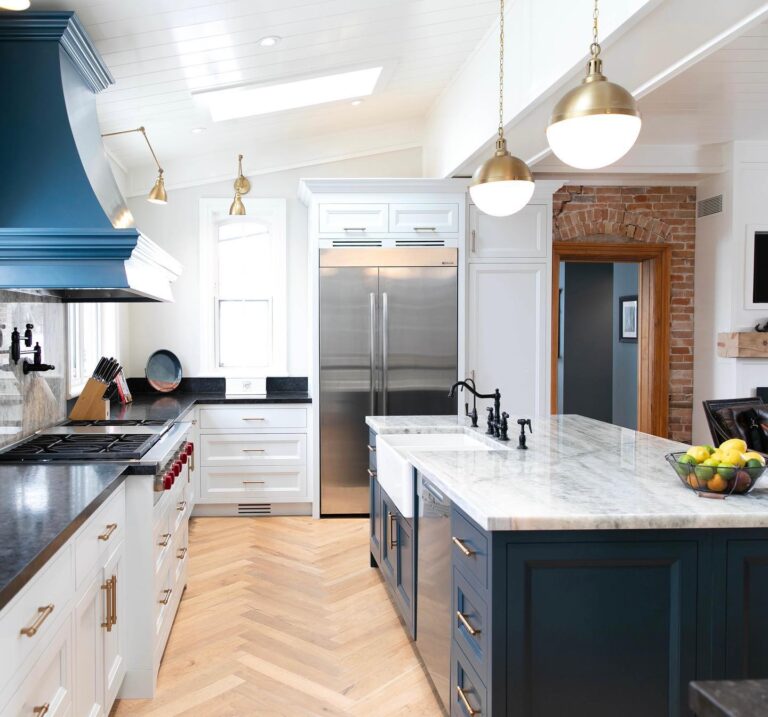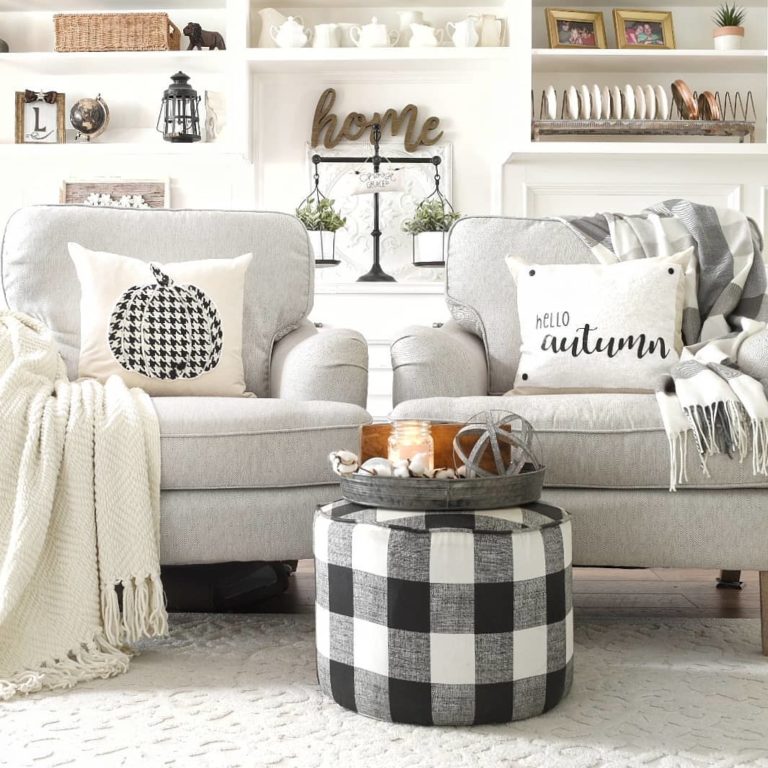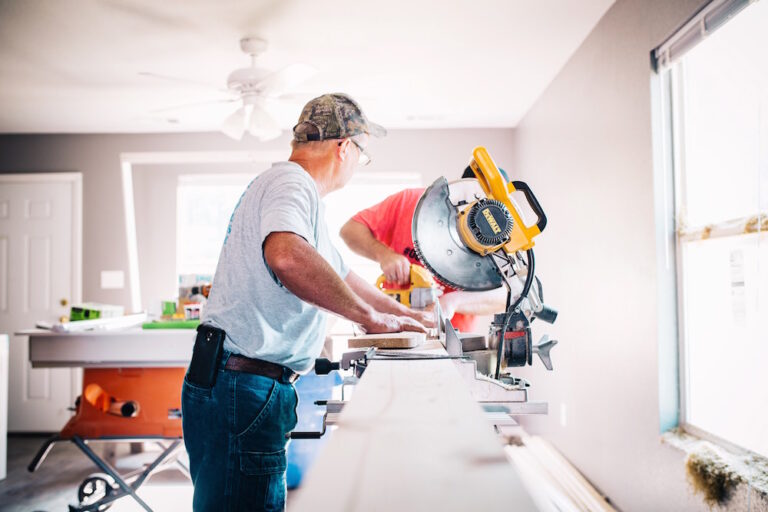6 Tips For Converting Your Garage Into The Ultimate Workshop
If you need a home workshop for various creative or repair projects, look no further than your garage. You can either convert the entire building to a workshop exclusively or remodel part of the garage for your workshop while maintaining parking space for vehicles. Here are six key tips to effectively transforming your garage into the perfect personal workspace.
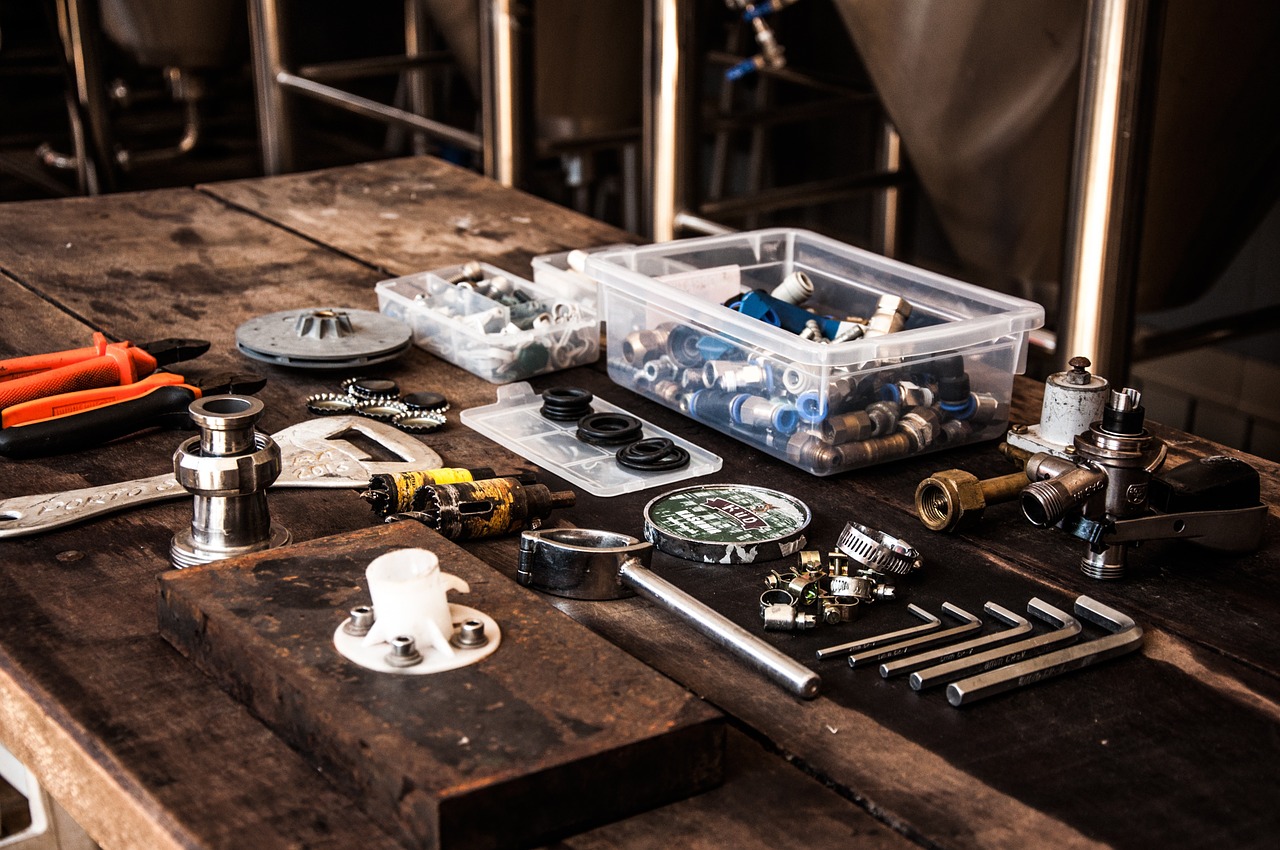
Remove Clutter
Although this may seem obvious, it is often tempting to push things to the side or stack them up if you think you will be using them soon. Reorganization of the garage space is a perfect time to make a drop at the local recycling center to get rid of accumulated cans, newspapers, and machinery parts. Rent a trash bin to remove junk and remodeling debris. As space opens up, you will begin to see the potential layout for your workshop.
Clean the Area
Once you’ve removed some clutter, you will probably find dirt and refuse you did not even know existed. Clear away old grass cuttings, rodent droppings, and spilled nails or screws. Put chemicals and paints on shelves or in cupboards. Find space in another part of the garage or the shed for tools and equipment you do not plan to use soon. Sweep down the cobwebs and insect nests. Remove weeds growing through the concrete cracks. Clean the windows to let in sunlight and fresh air when opened.
Arrange for Necessary Utilities
Make sure the electric wiring is up to code, and schedule an inspection or maintenance if needed. To keep your workshop comfortable year-round, install an adequate garage heater that can run on electric or gas. You may also want to include a fan or air conditioner of some type for warm summer days. A water line will come in handy for a toilet and a sink to wash your hands or clean supplies and tools. Update the lighting by adding track lights or overhead lighting for clear visibility, especially if you plan on working at night.
Configure the Work Area
Set up your work space to accommodate the type of projects you will be working on. For example, an extended wall shelf works well for long pieces of lumber or siding. Tables for sawing, drilling, or assembling are also useful. Install storage bins, shelves, or cupboards for your supplies, and consider labeling them for quick reference when needed. If your garage has a loft, put it to good use with storage and supplies. Include a stable ladder or conveyor belt for moving things up and down.
Organize Your Tools
Repair broken tools that are fixable. Replace those that are done for. Add to your collection the type of tools that are useful for the work you plan to do. Keep everything in its place so you can find it when needed. Label shelves and cupboards so you can locate things at a glance. A typical order of arrangement might be from smallest in front to largest in back or most frequently used to least often used. Choose a method that works with your workshop needs.
Designate Areas for Supplies and Materials
If you buy in bulk, you will probably want to stock up on certain types of supplies and materials when they are on sale. You might also buy in advance when you plan to work on a project over the winter or during times when it may be more difficult to shop for items or have deliveries made. Keep your new items in a clean area and cover them for protection.
Follow Safety Procedures
Invest in safety equipment if you don’t already have it, like a hard hat, carpenter’s apron, and steel-toe boots. Post signs advising family members and friends where they can and cannot walk. Keep cleaning supplies available for spills or messes after working in the shop. Avoid using harsh chemicals if you can find safer products; if you must use them, keep them tightly closed and store in a safe place where the kids and pets cannot reach them. Lock up any valuables, delicate items like drill bits, or sharp tools like saws, or place them out of general reach to prevent accidents. Organizing your workshop will be an exciting opportunity to plan building and construction projects of your choosing – whether they be straightforward, complex, or even just a quick DIY project for your dog. Prepare with steps like these to avoid problems later and to maximize the workshop’s functionality.

